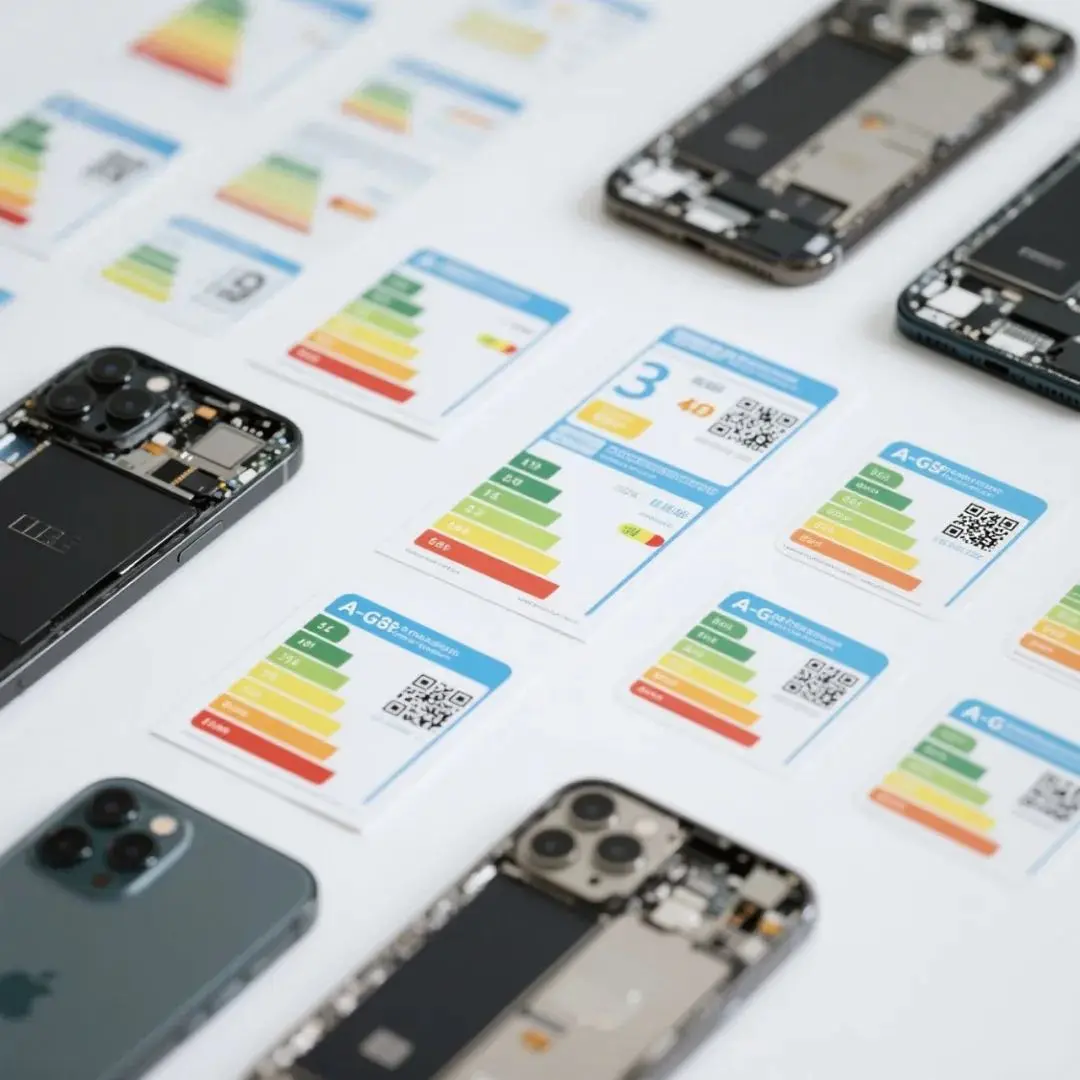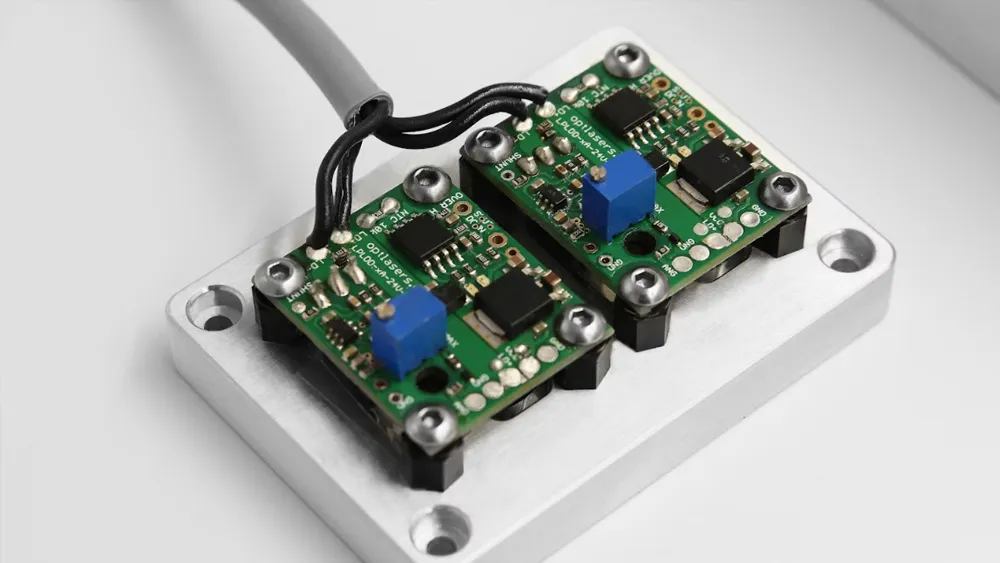
How to get CEC and DOE Certifications in the USA?
In recent years, energy-efficient design has become a growing trend across many industries, with strong market prospects. The United States has also made considerable progress in this field, establishing specific energy-related certifications. Among them, the CEC and DOE certifications are two prominent ones. However, many people are unclear about their differences and application processes. Below is a comprehensive guide to help you understand the U.S. CEC and DOE energy certifications.

CEC Certification:
CEC stands for the California Energy Commission. In 2005, the CEC implemented a certification system based on California’s Appliance Efficiency RegULations, which is now known as the "CEC Certification." Like all other certifications, CEC was established for a reason: to regulate product energy efficiency, conserve energy, and REDuce greenhouse gas emissions — ultimately aiming to protect the environment.
According to cec regulations, products must comply with its efficiency standards to be sold in the California market. Non-compliant products are not allowed for sale in California.
Main product categories covered under CEC certification:
- Audio-visual products
- Information technology products
- Small battery charging systems
- Large battery charging systems
- Lighting products
- Household appliances
- Transformers
- Motors
- And more
DOE Certification:
DOE stands for the U.S. Department of Energy. Based on federal energy efficiency laws, the DOE launched the DOE Certification. Its primary goal is to promote energy conservation and emission reduction, help users save electricity, lower overall energy demand, and mitigate the greenhouse effect.
Currently, all products falling under DOE’s regulatory scope must comply with the latest laws and regulations.
Main product categories covered under DOE certification:
1. Battery Chargers:
- Products such as Bluetooth headsets, Bluetooth speakers, fitness bands, mobile phones, tablets, car DVDs, MP3/MP4 players, etc., which use small-capacity batteries.
2. External Power Supplies (EPS):
- Chargers for common devices such as phones and tablets.
- DOE currently mandates that EPS comply with Level VI energy efficiency standards.
Standards for CEC and DOE Certifications:
- CEC: CEC-400-2017-002
- DOE: 10 CFR.430
Certification Process, Required Documents, and Timeline:
Process:
1. Provide the product manual to us
2. Receive a quotation
3. Make payment and sign the contract
4. Send samples to the JJR Laboratory in China for testing
5. Receive a compliant test report from the lab
6. Submit the registration
Required Documents:
- Application form
- Battery specifications
- Authorization letter from the U.S. representative
Timeline:
- CEC Certification:
- Test report: ~5 working days
- Registration: ~5 working days
- Expedited: Within 1 week
- DOE Certification:
- Test report: ~5 working days
- Registration: ~15 working days
If you have any certification or testing requirements, feel free to contact us. We sincerely welcome you to visit our company!
Email:hello@jjrlab.com
Write your message here and send it to us
 What is Amazon US CPC Certification?
What is Amazon US CPC Certification?
 UK Toy Safety Regulation Standard EN 71-13
UK Toy Safety Regulation Standard EN 71-13
 What is EU UFI Registration?
What is EU UFI Registration?
 EU UFI Registration for E-cigarette E-liquid
EU UFI Registration for E-cigarette E-liquid
 How to get the MSDS Report for Electronic Cigarett
How to get the MSDS Report for Electronic Cigarett
 Prop 65 Warning on Appliances
Prop 65 Warning on Appliances
 Apparel Heavy Metal Testing
Apparel Heavy Metal Testing
 Can You Conduct Lab Tests to UL Standards
Can You Conduct Lab Tests to UL Standards
Leave us a message
24-hour online customer service at any time to respond, so that you worry!




